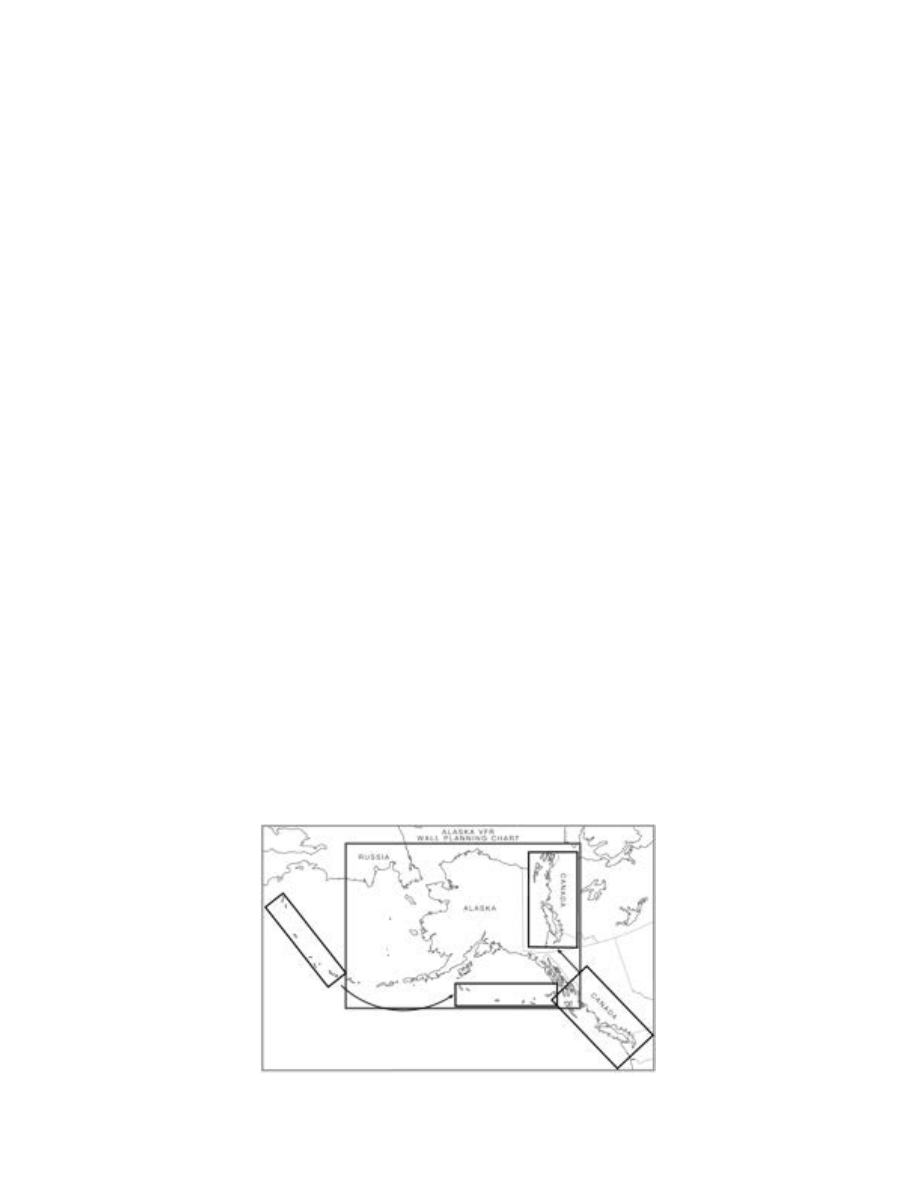
3/21/24
AIM
c.
Some of the safety considerations are:
1.
Area, direction and speed of the intercept;
2.
Aerodynamic effects (i.e., rotorcraft downwash);
3.
Minimum safe separation distances;
4.
Communications requirements, lost communications procedures, coordination with ATC;
5.
Suitability of diverting the distressed aircraft to the nearest safe airport; and
6.
Emergency actions to terminate the intercept.
d.
Close proximity, inflight inspection of another aircraft is uniquely hazardous. The pilot
−
in
−
command of
the aircraft experiencing the problem/emergency must not relinquish control of the situation and/or jeopardize
the safety of their aircraft. The maneuver must be accomplished with minimum risk to both aircraft.
7
−
6
−
12. Precipitation Static
a.
Precipitation static is caused by aircraft in flight coming in contact with uncharged particles. These particles
can be rain, snow, fog, sleet, hail, volcanic ash, dust; any solid or liquid particles. When the aircraft strikes these
neutral particles the positive element of the particle is reflected away from the aircraft and the negative particle
adheres to the skin of the aircraft. In a very short period of time a substantial negative charge will develop on
the skin of the aircraft. If the aircraft is not equipped with static dischargers, or has an ineffective static discharger
system, when a sufficient negative voltage level is reached, the aircraft may go into “CORONA.” That is, it will
discharge the static electricity from the extremities of the aircraft, such as the wing tips, horizontal stabilizer,
vertical stabilizer, antenna, propeller tips, etc. This discharge of static electricity is what you will hear in your
headphones and is what we call P
−
static.
b.
A review of pilot reports often shows different symptoms with each problem that is encountered. The
following list of problems is a summary of many pilot reports from many different aircraft. Each problem was
caused by P
−
static:
1.
Complete loss of VHF communications.
2.
Erroneous magnetic compass readings (30 percent in error).
3.
High pitched squeal on audio.
4.
Motor boat sound on audio.
5.
Loss of all avionics in clouds.
6.
VLF navigation system inoperative most of the time.
7.
Erratic instrument readouts.
8.
Weak transmissions and poor receptivity of radios.
9.
“St. Elmo’s Fire” on windshield.
c.
Each of these symptoms is caused by one general problem on the airframe. This problem is the inability
of the accumulated charge to flow easily to the wing tips and tail of the airframe, and properly discharge to the
airstream.
d.
Static dischargers work on the principal of creating a relatively easy path for discharging negative charges
that develop on the aircraft by using a discharger with fine metal points, carbon coated rods, or carbon wicks
rather than wait until a large charge is developed and discharged off the trailing edges of the aircraft that will
interfere with avionics equipment. This process offers approximately 50 decibels (dB) static noise reduction
which is adequate in most cases to be below the threshold of noise that would cause interference in avionics
equipment.
Potential Flight Hazards
7
−
6
−
11